You are here
Thu, 2011-03-24 12:57 — mdmcdonald
The Environment and Public Health Working Group is focused on minimizing negative health impacts from the Tohoku earthquake and cascading effects.
The mission of the Environment and Public Health Working Group is to minimize negative health impacts from the Tohoku earthquake,tsunami, safety problems with Fukushima Dai-ichi power plant and cascading effects on Japanese society.
Working Group email address: ***@***.***
Add Content to this group
Members
| Jason Jackson | Kathy Gilbeaux | Katie Rast | mdmcdonald | Patrick Young | Yuki Karakawa |
Email address for group
environment-and-public-health@m.resiliencesystem.org




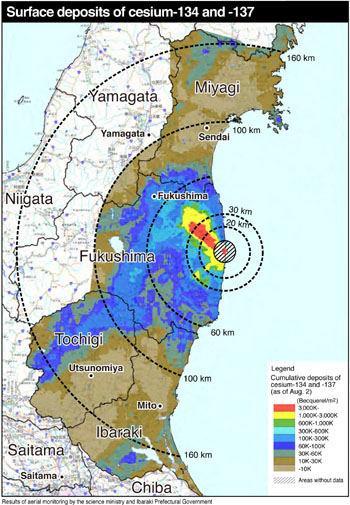

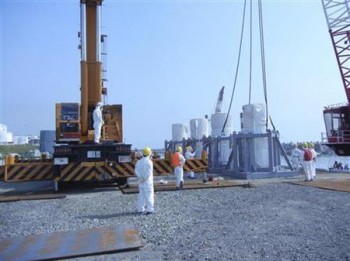
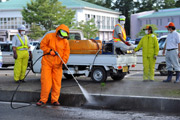
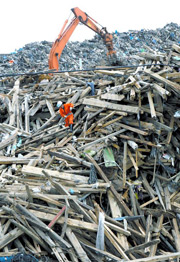 The tsunami that followed the Great East Japan Earthquake left 22 million tons of debris and rubble scattered across three prefectures in the Tohoku region. No real steps toward restoration can be taken until it is removed. Last month, Prime Minister Naoto Kan's administration at long last introduced a bill to the Diet to place the national government in direct control of the cleanup. Will concentrated efforts to remove the debris now finally get underway?
The tsunami that followed the Great East Japan Earthquake left 22 million tons of debris and rubble scattered across three prefectures in the Tohoku region. No real steps toward restoration can be taken until it is removed. Last month, Prime Minister Naoto Kan's administration at long last introduced a bill to the Diet to place the national government in direct control of the cleanup. Will concentrated efforts to remove the debris now finally get underway?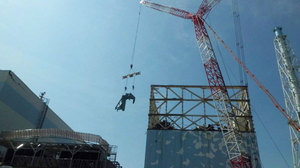

Recent Comments